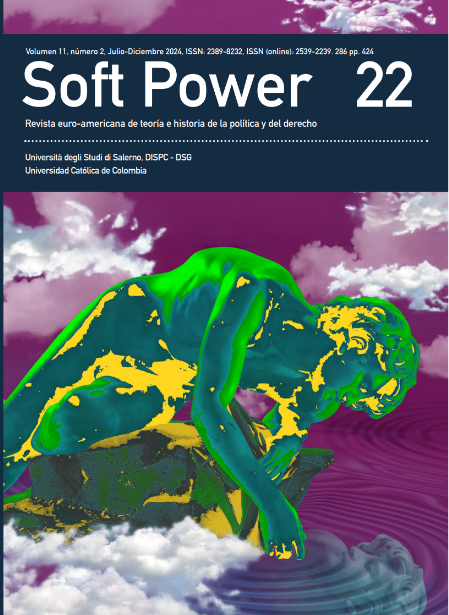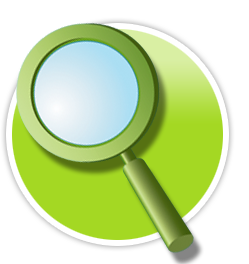
Esta obra está bajo una licencia internacional Creative Commons Atribución-NoComercial 4.0.
Al enviar los artículos para su evaluación, los autores aceptan que transfieren los derechos de publicación a Soft Power. Revista Soft Power para su publicación en cualquier medio. Con el fin de aumentar su visibilidad, los documentos se envían a bases de datos y sistemas de indización, así mismo pueden ser consultados en la página web de la Revista.Resumen
A la luz de los avances tecnocientíficos logrados hasta la fecha, este artículo pretende evaluar si siguen siendo válidas las nociones de información, forma, homeostasis y puntos de indeterminación dentro de las máquinas, según las elaboró Gilbert Simondon,
en referencia a los agentes racionales, tal y como los entiende la inteligencia artificial. Además, examinaré el concepto de individuación como lo desarrolló el filósofo francés e intentaré repensarlo teniendo en cuenta la forma en que el entorno digital afecta a los humanos. Se puede argumentar que el sujeto digital representa un individuo técnico distinto del sujeto humano. En este sentido, me esforzaré por comprender cómo el proceso de individuación de este último se ve profundamente influido y cortocircuitado por el primero, hasta el punto de que el individuo se convierte en un desindividuo.
Palabras clave

Citas
Deleuze, G. (1990). Post-scriptum sur les sociétés de contrôle. In Pourparlers (pp. 240-
. Editions de Minuit.
Hui, Y. (2012). What is a digital object? Metaphilosophy, 43(4), 380–395. https://doi.org/10.1111/j.1467-9973.2012.01761.x
Latour, B. (1993). We have never been modern. Harvard University Press.
Paasonen, S. (2016). Fickle focus: Distraction, affect and the production of value in socialmedia. First Monday, 21, 10–3. http://dx.doi.org/10.5210/fm.v21i10.6949
Paasonen, S. (2021). Dependent, distracted, bored: affective formations in networked media.MIT Press.https://doi.org/10.7551/mitpress/11903.001.0001
Rantala, J., & Muilu, M. (2023). Simondon, control and the digital domain. Theory, Culture
& Society, 41(4), 1–18. https://doi.org/10.1177/02632764231201337
Russell, S., & Norvig, P. (2020). Artificial Intelligence. A Modern Approach (4th ed.).Pearson.
Serres, M. (2007). The parasite. University of Minnesota Press.
Simondon, G. (2005). L’individuation à la lumière des notions de forme et d'information.Éditions Jerôme Millon.
Simondon, G. (2017). On the mode of existence of technical objects. Univocal.
Stiegler, B. (2016). Automatic society. The future of work. Polity Press.
Tucker, I. (2021). Simondon, emotion, and individuation: The tensions of psychological
life in digital worlds. Theory & Psychology, 32(1). https://doi.org/10.1177/09593543211055199
Tucker, I. (2023). The emotional information of digital life: Simondon, individuationand affectivity. Distinktion: Journal of Social Theory, 25(3), 1–15. https://doi.org/10.1080/1600910X.2023.2224523
Wark, S. (2018). The subject of circulation: on the digital subject’s technical individuations.
Subjectivity, 12, 65–81. https://doi.org/10.1057/s41286-018-00062-5
Wiener, N. (1950). The human use of human beings: Cybernetics and Society. Houghton Mifflin.
Wiener, N. (1965). Cybernetics: or control and communication in the animal and the
machine. The MIT Press.









